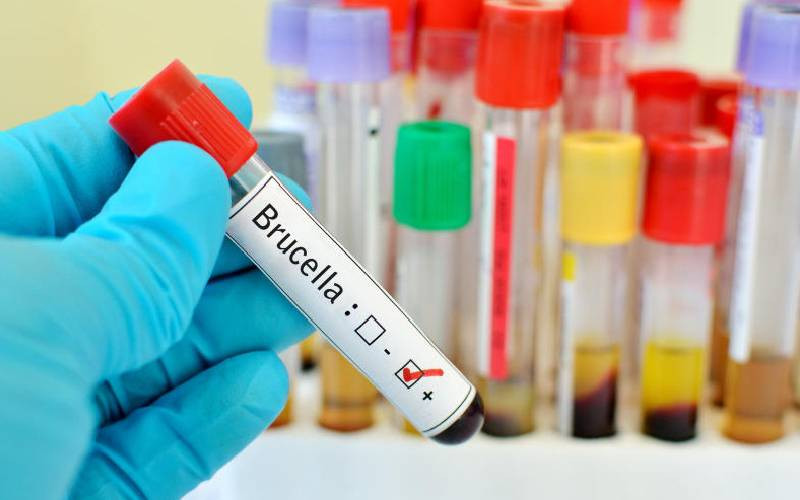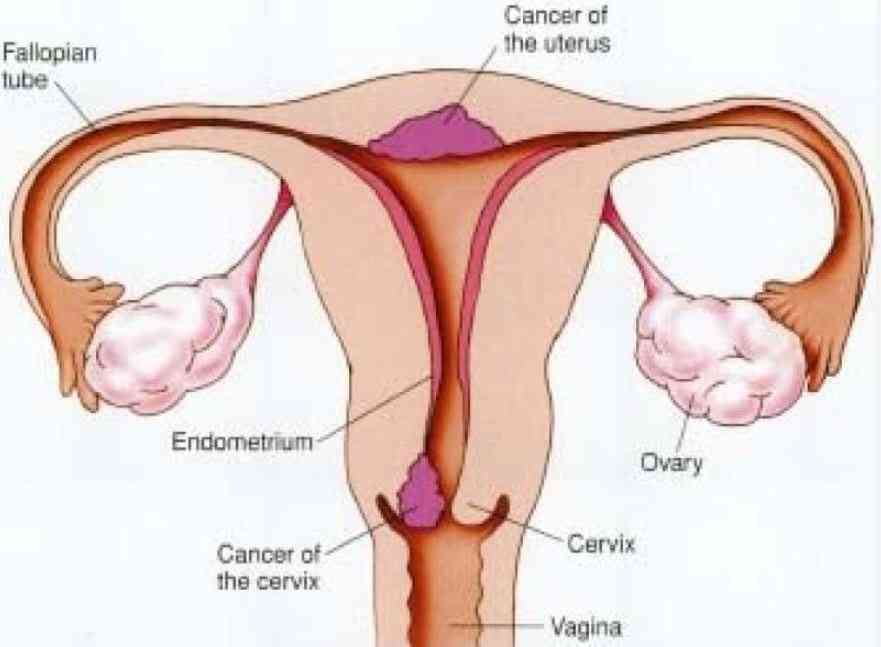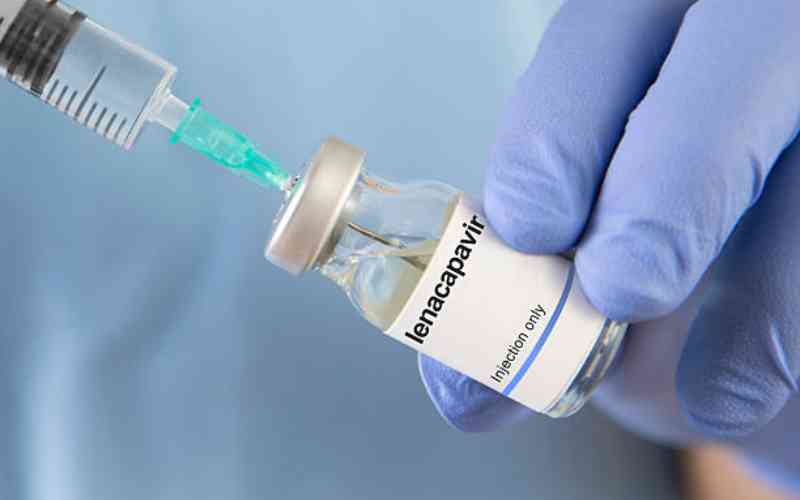
Hair is that crowning beauty on a woman’s head. For a man, hair can be a fashion or cultural statement, a display of individuality. But did you also know hair can be used to solve crimes including murder, rape, burglaries and robberies?
In February, President Uhuru Kenyatta was scheduled to open the Forensic Crime Scene Investigations Services of the Directorate of Criminal Investigations.
 The Standard Group Plc is a multi-media organization with investments in media
platforms spanning newspaper print
operations, television, radio broadcasting, digital and online services. The
Standard Group is recognized as a
leading multi-media house in Kenya with a key influence in matters of national
and international interest.
The Standard Group Plc is a multi-media organization with investments in media
platforms spanning newspaper print
operations, television, radio broadcasting, digital and online services. The
Standard Group is recognized as a
leading multi-media house in Kenya with a key influence in matters of national
and international interest.











